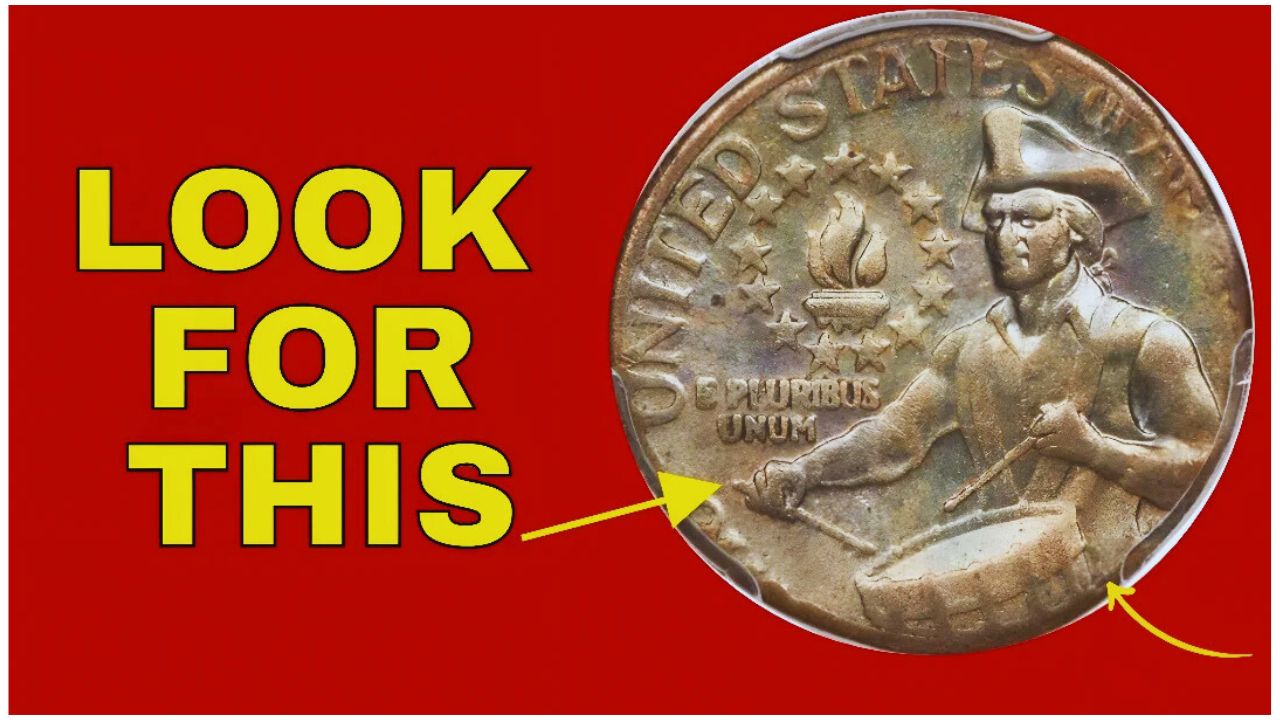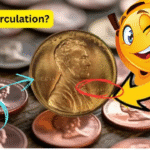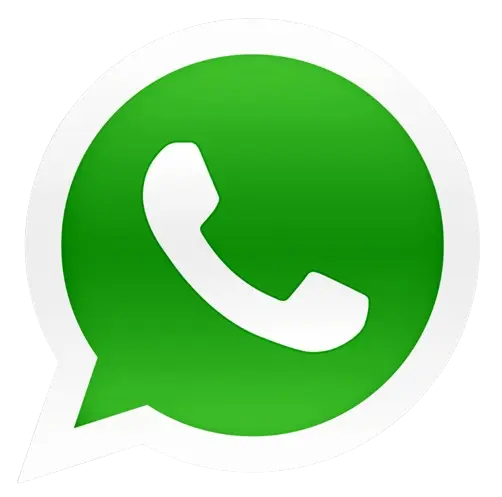Rare Bicentennial Quarter: Imagine fishing a quarter out of your pocket and finding out it’s worth $2.5 billion. Sounds like a wild dream, right? But rumors are swirling about a super-rare Bicentennial Quarter from 1976 that could be just that valuable. This isn’t your average pocket change—it’s a coin that’s got collectors, treasure hunters, and even regular folks checking every quarter they get. The Bicentennial Quarter was made to celebrate America’s 200th birthday, and while most are worth just 25 cents, one ultra-rare version might be hiding in plain sight, maybe even in your coin jar.
What Makes This Quarter So Special?
Back in 1975 and 1976, the U.S. Mint rolled out special quarters to mark the nation’s bicentennial. These coins stand out with their unique design: George Washington on the front and a colonial drummer with a torch and 13 stars on the back, plus the dual date “1776-1976.” Most of these quarters are made of copper-nickel, but a few were struck in 40% silver for collector sets. The $2.5 billion rumor likely comes from a one-of-a-kind coin, maybe a prototype or one struck on a rare metal like gold or high-purity silver by mistake. Some say it could have a unique minting error, like a double strike or off-center design, making it a collector’s holy grail.
Is It Really Worth Billions?
Let’s be real—no quarter has ever sold for $2.5 billion. That number sounds like something out of a viral internet story, and experts are skeptical. The Professional Coin Grading Service (PCGS) and American Numismatic Association say there’s no record of a Bicentennial Quarter hitting anywhere near that price. But don’t lose hope—some rare versions, like silver proofs or error coins, have sold for thousands. For example, a 1976-S Silver Proof Quarter fetched $19,200 at auction a few years back, and others with errors like double dies have gone for $6,000 to $9,000. So, while billions might be a stretch, a rare find could still make you a tidy sum.
|
Bicentennial Quarter Specifications |
|
|---|---|
|
Year Minted |
1975–1976 |
|
Design |
George Washington (front), Colonial Drummer (back) |
|
Date on Coin |
1776–1976 |
|
Composition |
Copper-nickel or 40% silver |
|
Weight |
5.67g (clad), 5.75g (silver) |
|
Mint Marks |
P (Philadelphia), D (Denver), S (San Francisco) |
Could It Still Be Out There?
Here’s the exciting part: this dream coin might still be in circulation. Unlike fancy collectibles locked away in vaults, Bicentennial Quarters were made by the millions, and many are still floating around in change jars, wallets, or vending machines. The idea of a billion-dollar coin slipping through everyday transactions is what fuels the hype. It’s not impossible—rare coins have been found in pocket change before. During coin shortages or when old collections get spent, treasures can pop up. But the odds of finding a $2.5 billion quarter? Slimmer than winning the lottery, but it’s fun to dream.
How to Spot a Rare Quarter
Want to join the treasure hunt? Here’s what to look for in your loose change:
- Check the date: It should say “1776-1976.”
- Look at the mint mark: “S” means San Francisco, often silver or proof coins; “D” is Denver, and no mark means Philadelphia.
- Weigh it: Silver quarters are heavier (about 5.75 grams) than copper-nickel ones (5.67 grams).
- Inspect for errors: Use a magnifying glass to spot double lettering, off-center designs, or odd metal colors.
- Get it checked: If you think you’ve got something special, take it to a pro at a coin shop or send it to PCGS or NGC for grading.
If you find a shiny, heavy quarter with weird markings, don’t spend it—get it appraised!
Keep Checking Your Change!
The $2.5 billion Bicentennial Quarter might be more myth than reality, but it’s sparked a coin-collecting craze. People are digging through their piggy banks, hoping to strike it rich. Even if you don’t find the fabled billion-dollar coin, you might stumble across a silver version or an error coin worth hundreds or thousands. Coin collecting is like a treasure hunt mixed with a history lesson—it’s a reminder that even a humble quarter can hold a piece of America’s story. So next time you get change at the store, take a second look. You never know what might be hiding in your pocket.










